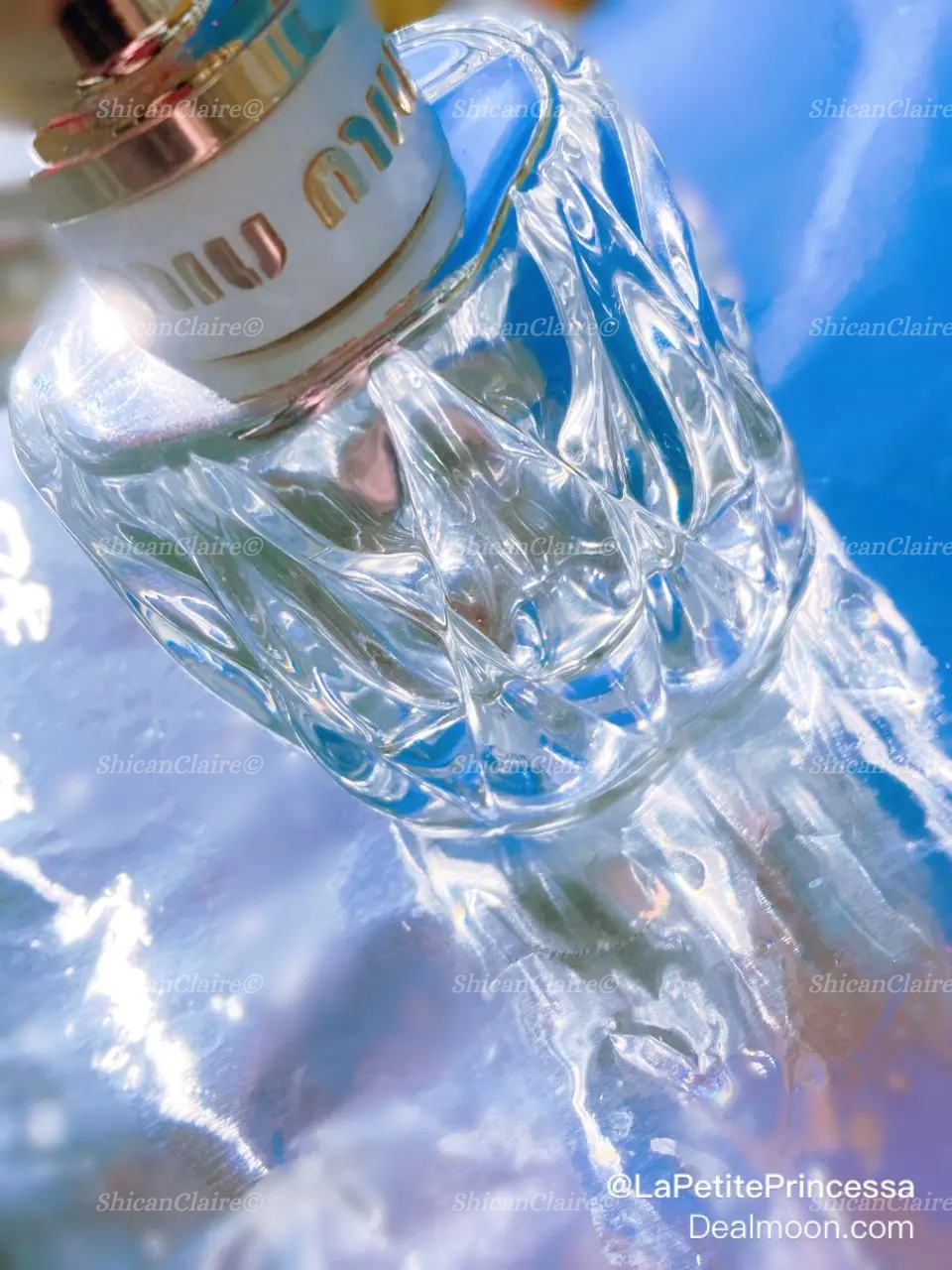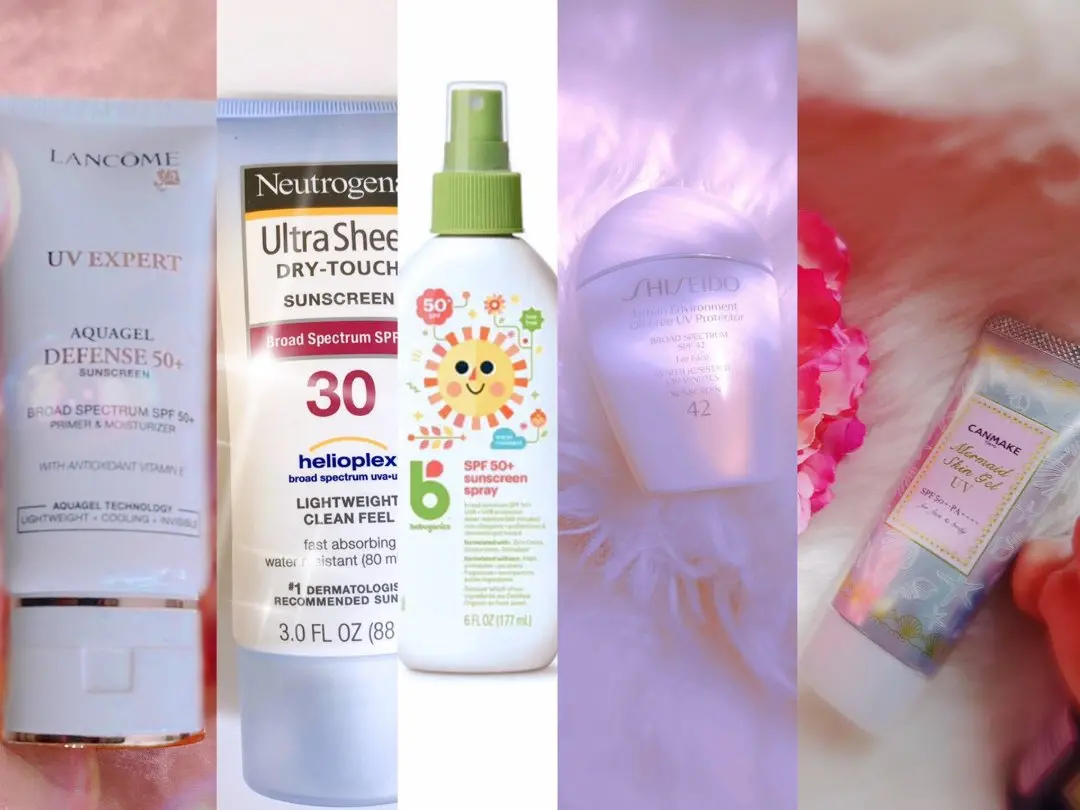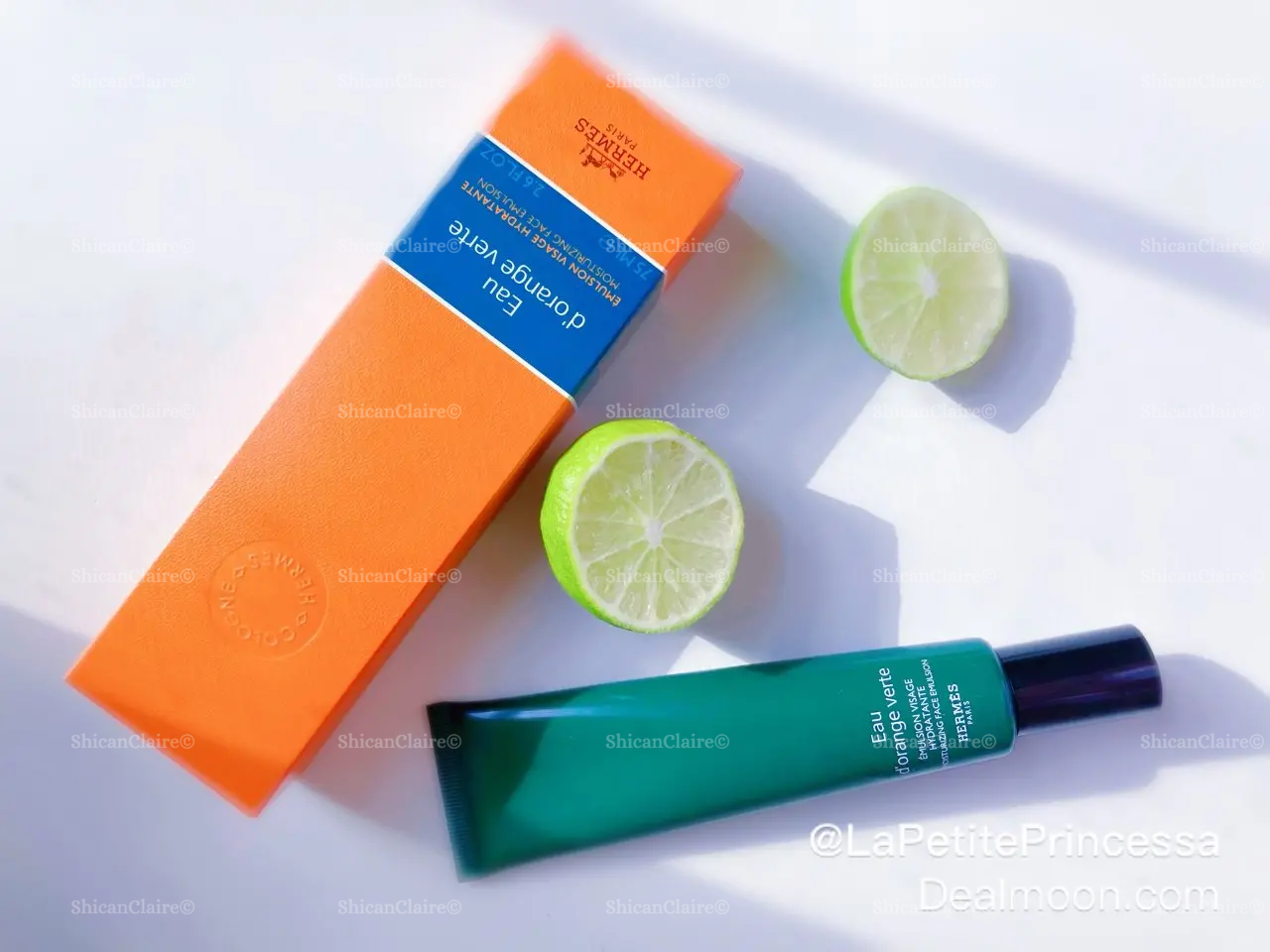Is physical sunscreen really eco-friendly and safe? Is chemical sunscreen just a bunch of industrial chemicals on your skin? How do you distinguish between physical and chemical sunscreens?
Read this article, and you’ll be able to quickly check the ingredients and find your ideal sunscreen!
At the end of this article, I’ve also summarized five sunscreens I’ve used, comparing high-end sunscreens with drugstore options. This should provide you with a useful reference!

(Shican Claire’s Original photo)
Sneak Peek: Next time, we’ll talk about biologial perfumes, stay tuned!

(Shican Claire’s Original photo)
(Shican Claire’s Original photo)
1️⃣ Distinguishing Physical and Chemical Sunscreens
Not long ago, I relied on cosmetic influencers to tell me which sunscreen was physical and which was chemical. Now, I look at the ingredients on the back of the bottle to determine. Actually, you only need to check the Active Ingredients section to know:
Physical Sunscreens: Look for Zinc Oxide (ZnO) and Titanium Dioxide (TiO2).
Chemical Sunscreens: Almost everything else falls into this category.
Common ingredients include Oxybenzone, Avobenzone, Octocrylene, Octinoxate, and Homosalate.
Hybrid Sunscreens: Some sunscreens use both types of ingredients but may market themselves as either physical or chemical.
Check the ingredients to know for sure.
The real physical sunscreens: The truly non-toxic, long-lasting, eco-friendly sunscreens are actually these👇

Hats & Cover Shirts & Sun Glasses (Shican Claire’s Original photo)
2️⃣ Skin Feeling Comparison
Physical Sunscreens: Generally thicker, often tinted, with a white base color.
(Zinc oxide and titanium dioxide are also used in wall paints and ceramics.)
Chemical Sunscreens: Lighter and transparent.
As the sunscreen molecules need to penetrate the skin to be effective.
3️⃣ Ingredient Properties
Physical Sunscreens: Use inorganic mineral materials (inorganic sunscreen filters).
These type of materials can individually block UVA and UVB rays by covering the skin and not being absorbed.
Chemical Sunscreens: Use organic molecules (organic sunscreen filters).
Typically, a combination is needed to provide broad-spectrum protection. These need to be absorbed by the skin to work.
4️⃣ Health and Safety
Physical Sunscreens: As long as you don’t eat or inhale them excessively, they are safe!
Chemical Sunscreens: Safe as long as the dosage is not exceeded.
Here are some common ingredients, with their pros and cons for reference:
- Avobenzone: 👍 Blocks broad-spectrum UVA. 🙅 Degrades after 30 minutes of exposure to light.
- Homosalate: 👍 Effectively blocks short-wave UVB damage to DNA. 🙅 Mild endocrine disruptor, especially estrogen, and has been found in human breast milk. Not recommended during breastfeeding.
- Octisalate: 👍 Stabilizes the first ingredient, blocks UVB, and is waterproof.
- Octocrylene: 👍 Blocks UVB and some UVA. 🙅 May cause skin allergies.
- Oxybenzone: 👍 Blocks UVA. 🙅 May cause skin allergies, hormone disruption, and harm to coral reefs.
5️⃣ Coral Friendliness
Physical Sunscreens ≠ Ocean Friendly!
Zinc Oxide:
Highly toxic to marine life, especially nano zinc oxide. The mechanism of toxicity is unclear. (Reference 1. Fan Wu et al., 2019)
Titanium Dioxide:
Ocean-friendly!
Chemical Sunscreens:
Toxic ingredients include Oxybenzone, Octinoxate, Enzacamene, and Benzophenone-4. (Reference 2. Ingo B. Miller et al., 2021)
-
Oxybenzone has become notorious in the beauty industry. Hawaii has banned oxybenzone and octinoxate, with plans to ban avobenzone and octocrylene in the future.
-
Coral reefs metabolize oxybenzone into harmful substances when exposed to UV light. While healthy corals are less affected, it worsens the condition for already bleached corals.
-
The diagram below shows that without oxybenzone or UV light, sea anemones can still grow. UV alone affects them somewhat, but UV + Oxybenzone kills them.

Impact of Oxybenzone and UV on Sea Anemones. Reference 3. (Djordje et al., 2022, Science).
(There is no consistent standard in academia for the harmful concentration of sunscreen molecules.)
6️⃣ Personal Sunscreen Reviews
I have dry skin now, but previously I have combination skin
For Dry Skin (ranked by skin comfortness):
- Canmake Mermaid Sunscreen
- Lancome UV Expert Aqua Gel
- Neutrogena
For Oily Skin (ranked by comfortness):
- Shiseido
- BabyGanics

(Shican Claire’s Original Photo).
7️⃣ High-End vs. Drugstore Sunscreen Ingredients
Sunscreen active ingredients are mostly the same, no significant differences. More expensive sunscreens might have more delicate overall formulas to enhancing the comfort feelings on skin.
The main difference is that higher-end sunscreens might use luxurious inactive ingredients as their skincare components besides the sunscreen functions. For example:
- Lancome: Includes various plant extracts like gentian and edelweiss, focusing on antioxidants.
- BabyGanics: Just use simple and clear ingredients, focusing on the anti-allergy effects.
- Shiseido: The new version removed its chemical sunscreen ingredients, becoming a purely physical sunscreen. It added hyaluronic acid for moisturizing, and focusing on the non-greasy feel. However, despite claiming to be coral-friendly, it uses zinc oxide like other physical sunscreens. Unless they used a new eco-friendly technology, but I haven’t seen it indicated anywhere yet.

(Shican Claire’s Original photo)
References:
doi:10.1002/etc.4349
https://doi.org/10.1186/s12302-021-00515-w
10.1126/science.abn2600